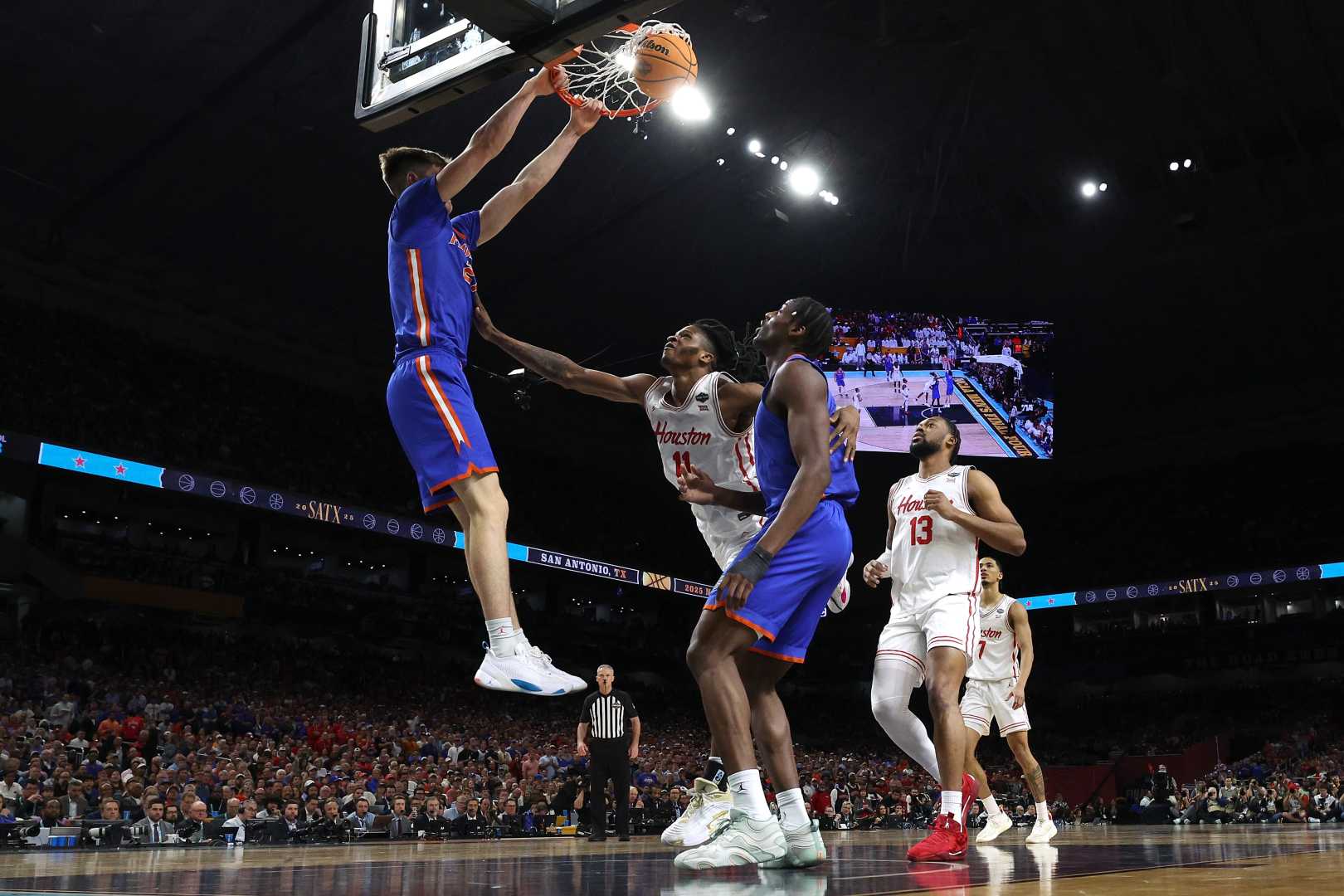Sports
Florida Wins Championship: Coaches Urged to Value Roster Continuity

CHAPEL HILL, N.C. — The 2025 national championship game, featuring Florida and Houston, served as a pivotal reminder for college basketball coaches during roster construction for the 2025-26 season. In the current landscape of college hoops, characterized by frequent transfers, the importance of roster continuity cannot be overstated.
Coaches are often tempted to view transfers as short-term arrangements due to the rising significance of Name-Image-Likeness agreements, but many successful transfer narratives demonstrate that longer commitments yield better results. Notably, at this year’s Final Four, all top players from Florida, Houston, and Auburn transitioned to their respective teams after their freshman or sophomore seasons and enjoyed multiple productive years.
Florida guard Walter Clayton Jr. exemplified this trend. After a two-year stint at Iona, where he earned MAAC Player of the Year honors, he achieved national recognition as a first-team All-American with the Gators, capturing SEC Tournament MVP and Final Four’s Most Outstanding Player accolades. His journey underscores the potential of players who invest several years in a program.
Houston’s LJ Cryer, a third-team All-American, also showcased this pattern. Spending three years at Baylor, he became an integral figure at Houston, earning multiple All-Big 12 honors.
Equally, Auburn’s Johni Broome, a first-team All-American, began his collegiate career at Morehead State before thriving in the SEC, ultimately being named SEC Player of the Year during his fifth year. These athletes affirm that stability and extended tenure often correlate with high performance.
Moreover, since immediate eligibility regulations for transfers were enacted in 2021, all four recent NCAA champions—Florida, UConn (twice), and Kansas—boasted significant roster continuity. Florida’s champion team comprised over 70% of players who had previously remained with the program, even including six transfers in their core rotation.
“We had only two players in their first year in our top seven players,” Florida coach Todd Golden noted. “The framework of our success hinged on players who had been dedicated to our program for two to three years.”
Meanwhile, the North Carolina Tar Heels are striving to enhance their roster while also focusing on continuity under head coach Hubert Davis. Following a challenging 2024-25 season that highlighted their lack of size, Davis has made it clear the team will focus on improving height and physicality.
“We’ve got to get bigger,” Davis said. “From A to Z, we just do. Our positional size was highlighted during the NCAA Tournament. It’s a critical area we will address moving forward.”
In 2024-25, the Tar Heels frequently fielded a smaller lineup, a situation that Davis aims to rectify for the upcoming season. He has already secured several recruits that will bring much-needed height, enhancing their competitive capabilities.
Despite the ongoing adjustments, the challenge remains for UNC to establish consistency as they navigate a volatile transfer environment. The departures of key players, including point guard Elliot Cadeau to Michigan and forward Jalen Washington to Vanderbilt, highlight the complexities of maintaining roster continuity.
Davis is currently seeking transfers with multiple years of eligibility left, aiming for gradual development while replenishing lost talent. For example, recent addition Veesaar, a 7-foot center, will join as a redshirt junior, providing much-needed depth over several seasons.
“There’s always a place for one-year wonders like Brady Manek,” Davis remarked, referring to the success of past transfers. “But having a core of players who can contribute over multiple years is invaluable.”
The quest for the ideal roster continues, balancing immediate talent and long-term growth amidst the rapidly shifting landscape of college basketball.
David Glenn is an award-winning journalist and university lecturer based in North Carolina, known for covering sports since 1987.












